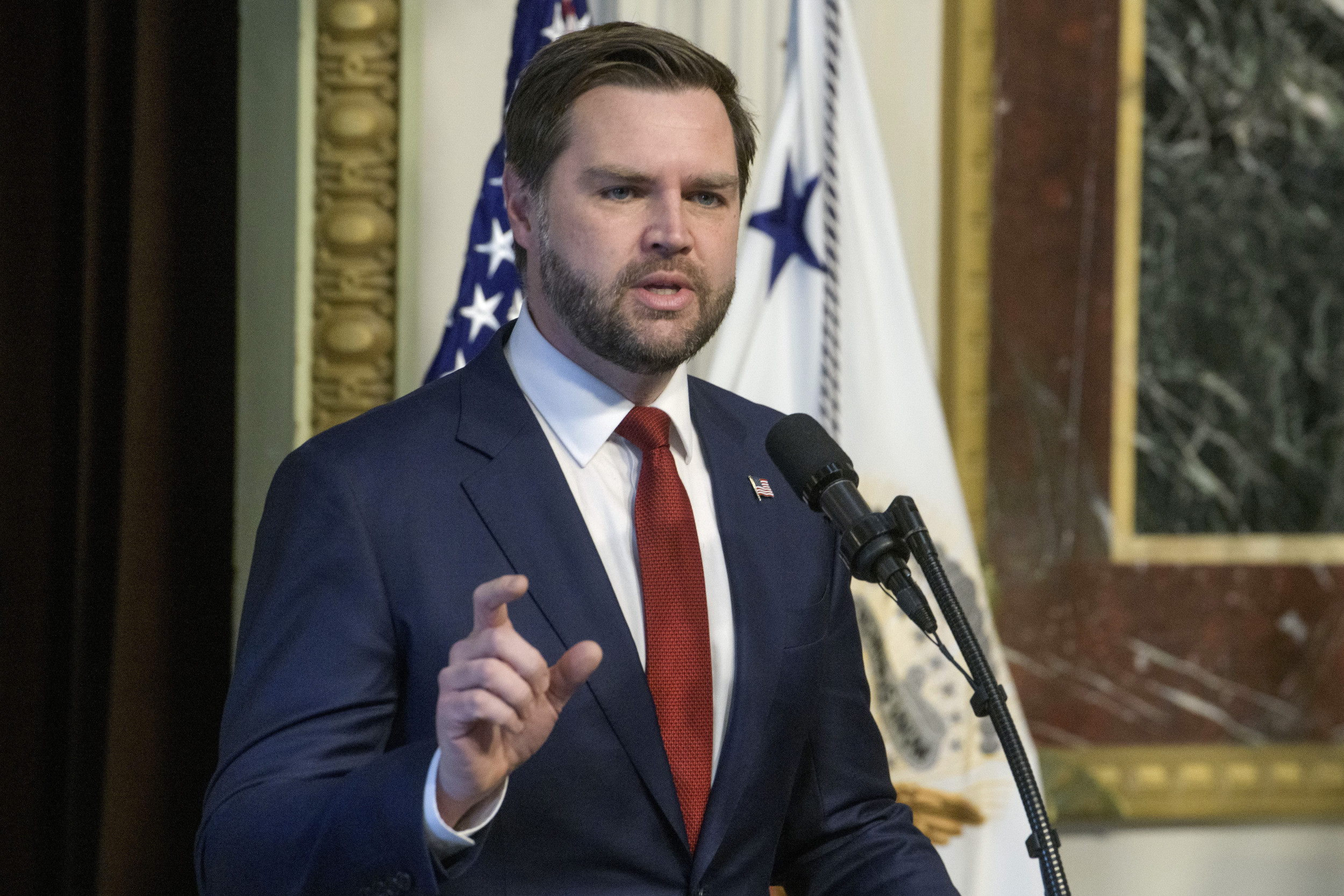


As the holiday season approaches, grocery prices in the U.S. have seen a notable increase, with overall prices rising 0.4% in November 2024. Eggs have experienced particularly sharp price hikes, climbing 8.2% month-over-month and an alarming 37.5% year-over-year. This surge in grocery costs comes as inflation remains over 20% higher than pre-pandemic levels, raising concerns among consumers and policymakers alike [a29a08e5].
Adding to these concerns, nearly 50% of the contiguous U.S. is currently affected by a flash drought, with 14% experiencing extremely dry weather since November 2024. This has prompted cattle farmers in the Great Plains to begin culling herds earlier than usual due to a lack of vegetation, which is expected to drive beef prices even higher in 2025 [06791eb5].
The economic landscape continues to be shaped by various factors, including the Biden administration's sanctions on Russia, which were implemented following the invasion of Ukraine in February 2022. These sanctions have contributed to rising gas prices and, consequently, higher grocery bills, complicating the political climate as the 2024 election approaches [a29a08e5].
In a recent speech at Carnegie Mellon University, Vice President Kamala Harris proposed a federal law to ban price gouging, arguing that only a few companies are responsible for such practices. She emphasized the need for competitive markets to dictate prices and called for a more accurate identification of inflation drivers [a29a08e5]. However, critics argue that market consolidation allows companies to raise prices without sufficient competition, a point echoed by Rakeen Mabud from Groundwork Collective [a29a08e5].
Former President Donald Trump has also weighed in on the issue, proposing tariffs that could further increase grocery prices. His suggested tariffs include a 10% levy on all imports and a 60% tariff on goods from China, which economists warn could lead to a 5-20% increase in grocery costs for American households [a29a08e5]. Trump's acknowledgment of the difficulty in reducing prices reflects the broader challenges facing the economy as consumers grapple with rising costs [a29a08e5].
In a recent statement, Vice President JD Vance emphasized that the Trump administration is committed to fulfilling its promise to lower grocery prices, but he cautioned that it will take 'a little bit of time.' The consumer price index (CPI) for groceries rose 1.8% since December 2023, with food prices expected to increase by 2.2% in 2025, according to the USDA [375ed0c0]. Vance defended the administration's actions, stating that immediate results are not expected as they work to reverse the effects of previous policies [375ed0c0].
David Ortega from Michigan State University has pointed to drought conditions and high feed prices as significant factors affecting beef prices, which have also contributed to the overall rise in grocery costs. The U.S. is currently experiencing the smallest beef herd since 1951, further exacerbating the situation [a29a08e5].
The flash drought is also threatening up to 50% of wheat crops due to insufficient soil moisture, which could have long-term implications for food supply and prices. Droughts can lead to wildfires, water quality issues, and increased disease, all of which complicate the agricultural landscape [06791eb5].
As consumers prepare for the holiday season, personal strategies for saving on groceries have become more critical. Patricia Overmeyer shared her tips for navigating the rising costs, emphasizing the importance of planning and budgeting [a29a08e5].
Looking ahead, the USDA projects a 1.6% increase in food-at-home costs for 2025, indicating that while some prices may dip temporarily, the long-term outlook remains challenging for American households [a29a08e5]. The combination of market dynamics, policy decisions, and external factors such as climate change continues to complicate the grocery pricing landscape, leaving consumers and policymakers to navigate a complex web of economic realities as the holidays approach [a29a08e5].